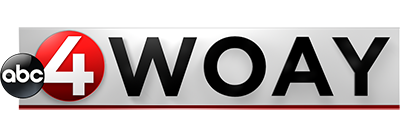WEST VIRGINIA (WOAY) – March is Women’s History Month. There’s no better time to shed some light on the progress women have made in the workforce and the direction it’s heading for the future. But according to a recent report, there’s still some work to be done.
The U.S Department of Labor’s Women’s Bureau, the only federal agency in charge of safeguarding the needs and interests of working women reports that gender disparity continues to exist.
According to the department’s report from 2020, working West Virginia women made an average of 83% of what men were making, or 83 cents to every dollar paid to men. The report continues to suggest that the wage gap widens when factoring in race.
“This was severely larger for black women and Hispanic women,” says Nicole Neri, a regional district Women’s Bureau correspondent. “Black women in 2020 made 64% of what the average white man made, and Hispanic women made 57%.
The report goes on to suggest that the COVID-19 pandemic has only added to the workforce disparities.
The study showed that for the first time in a modern recession women saw worse employment impacts than men. Between February and April of 2020, women lost 11.9 million jobs compared to the 10.1 million that men had lost. While the issue existed before COVID-19, the pandemic only accelerated it.
“This has to do with a term that we unpacked quite a bit in our report, Bearing the Cost, called Occupational Segregation. This is essentially when women are over-represented or under-represented in specific populations,” she says.”
In 2020, women were being over-represented in a variety of jobs, from retail to education. Many of which closed down during the pandemic.
While the gender wage gap is still a major societal issue, the U.S Department of Labor claims to have a solution.
“We do recommend supporting women going into those male-dominated fields, or the non-traditional occupations, and we do so here at the Women’s Bureau through our grant-making,” says Neri.
The Women’s Bureau has a grant program available to women called Fostering Access, Rights and Education.
You can access the full report, Bearing the Cost, along with more information about women’s workforce rights by visiting the Women’s Bureau on their website.





